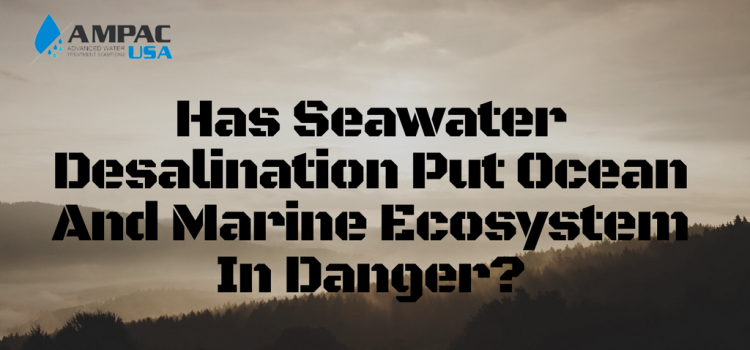By: Rapant, S.; Cveckova, V.; Hiller, E.; et al.
International Journal of Environmental Research and Public Health Volume: 17 Issue: 16 Pages: 5915 Published: 2020
https://pubmed.ncbi.nlm.nih.gov/32824039/
The post Proposal of new health risk assessment method for deficient essential elements in drinking water-case study of the Slovak Republic. appeared first on Facts About Water.
Source: Water Feed









